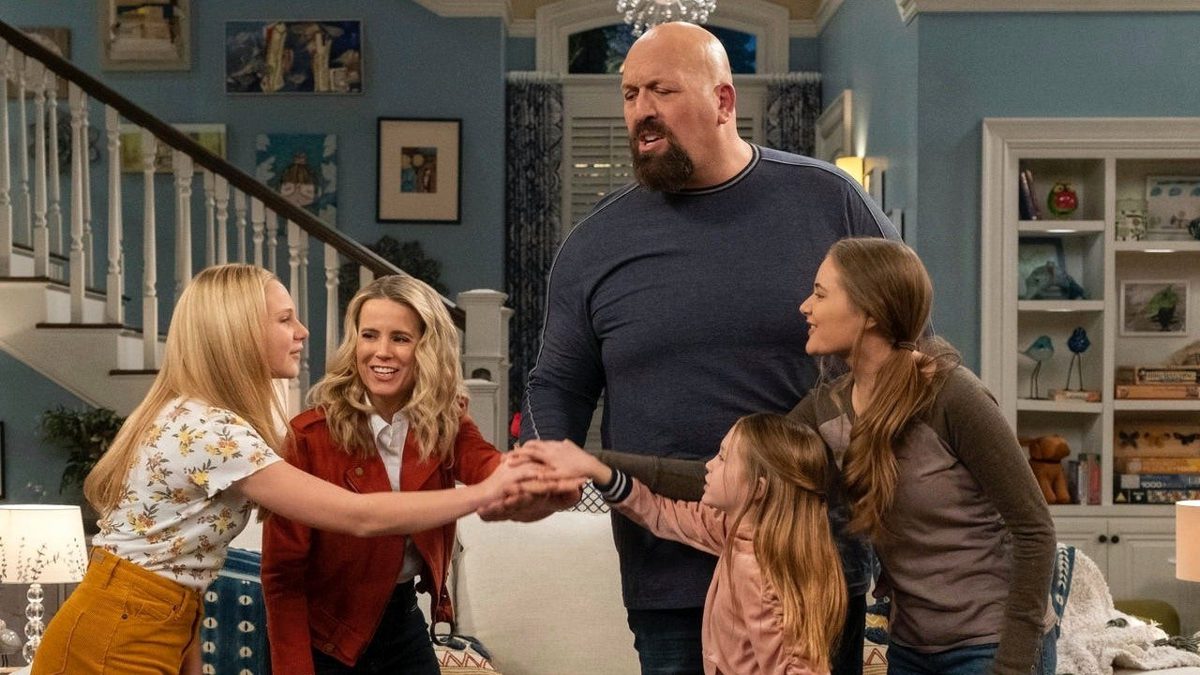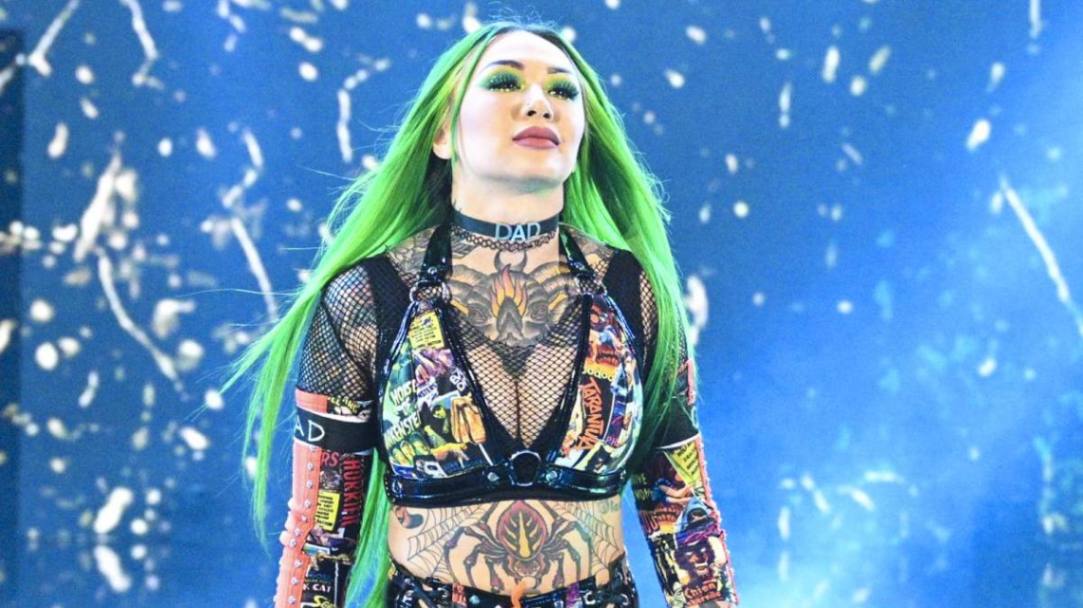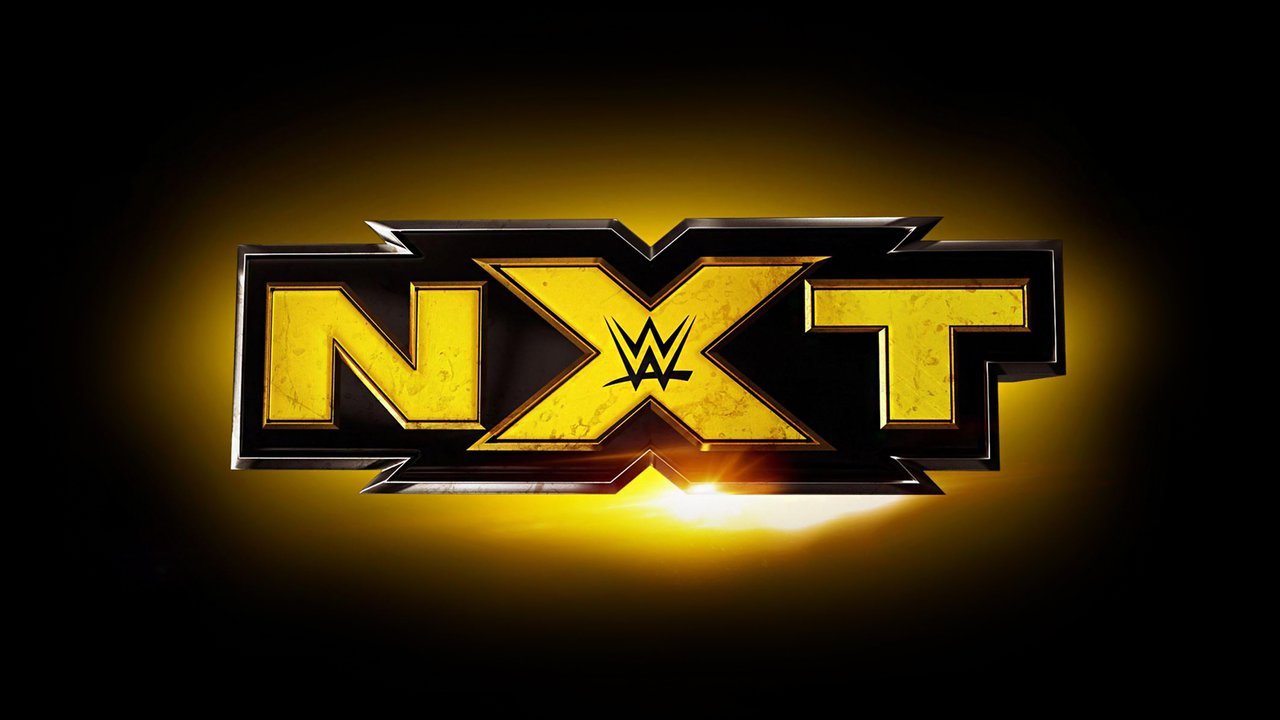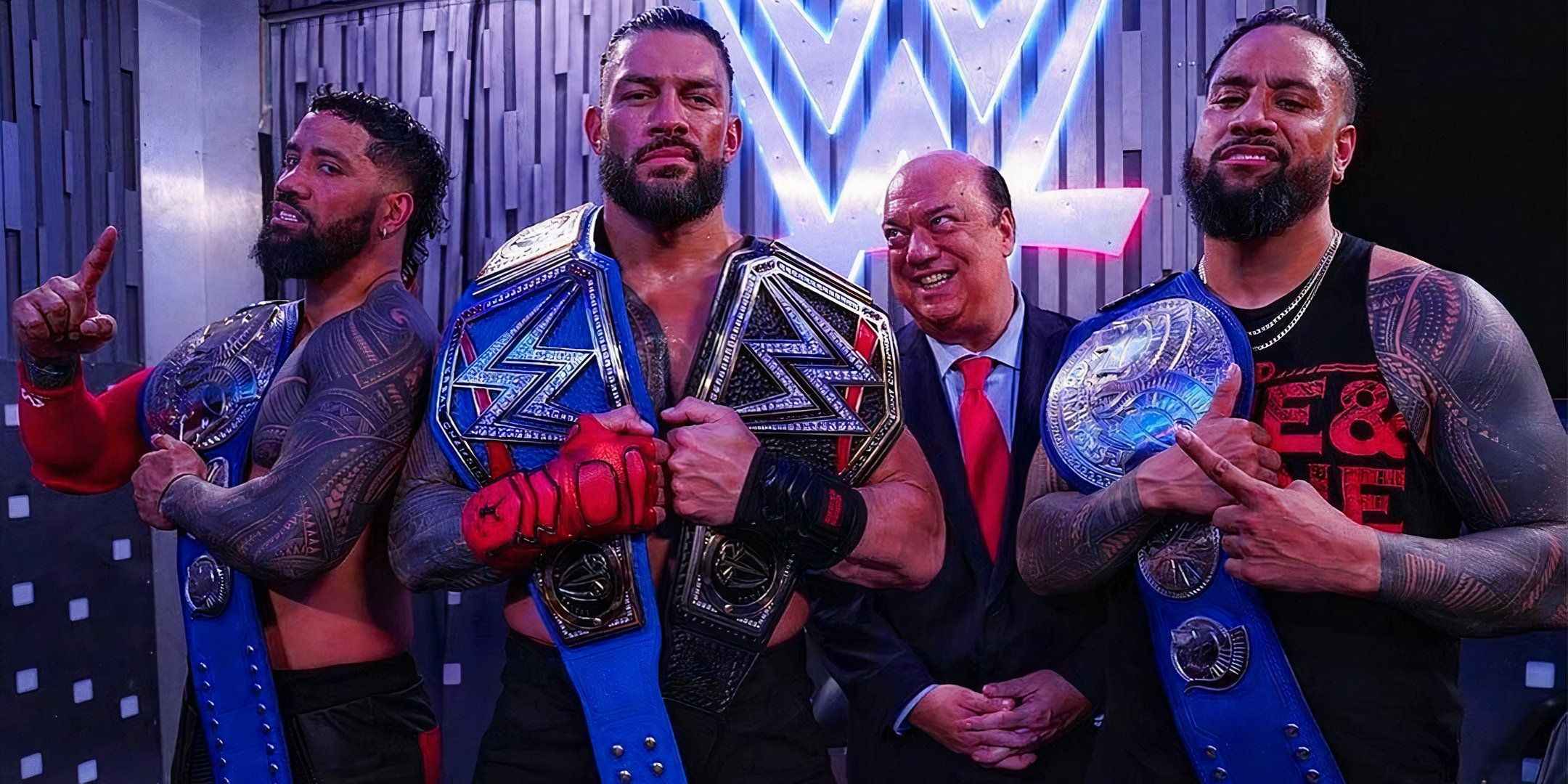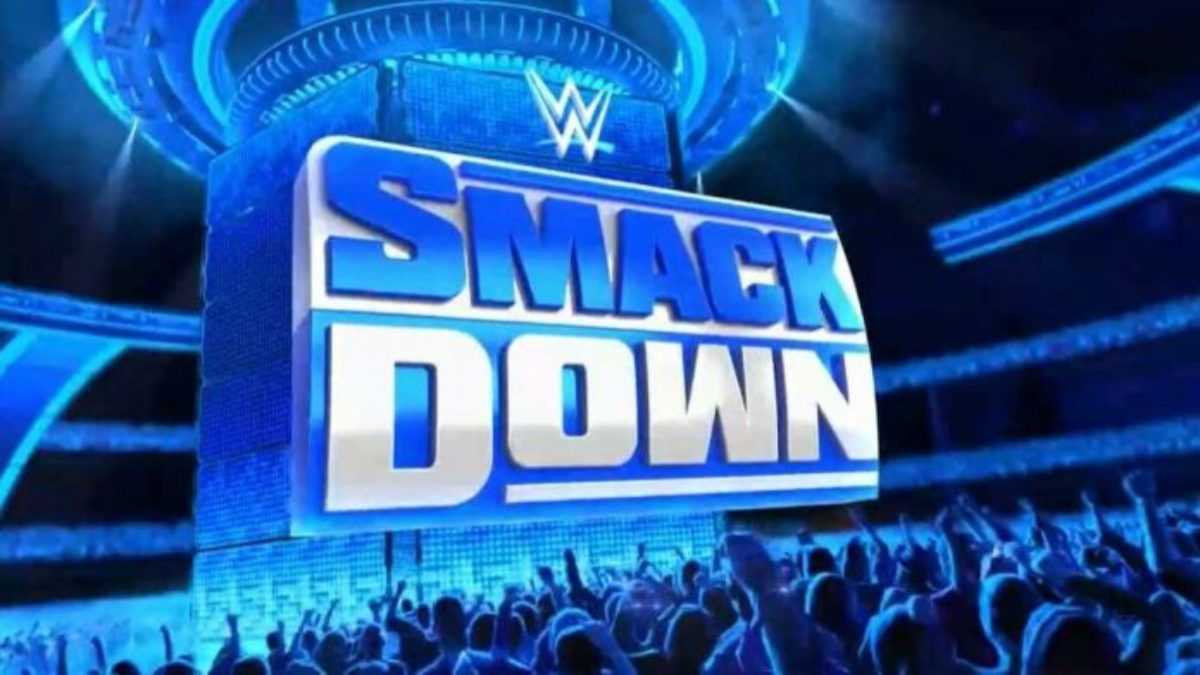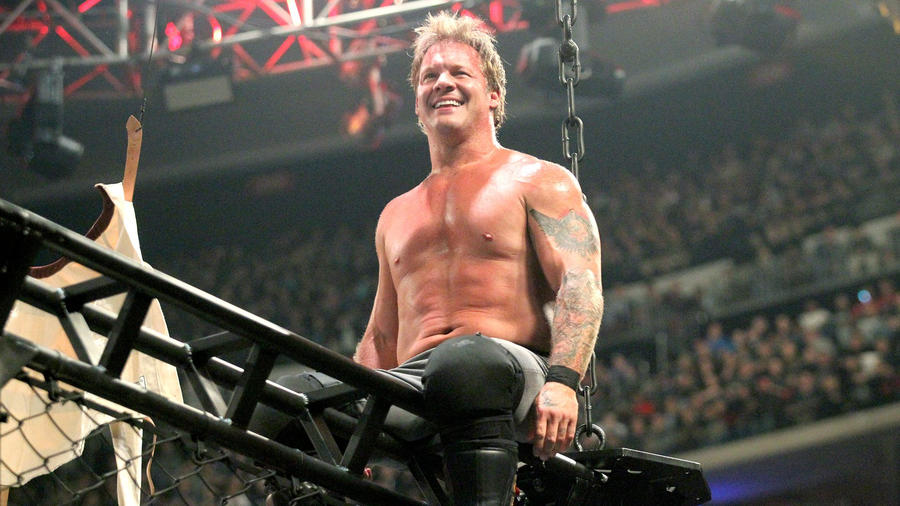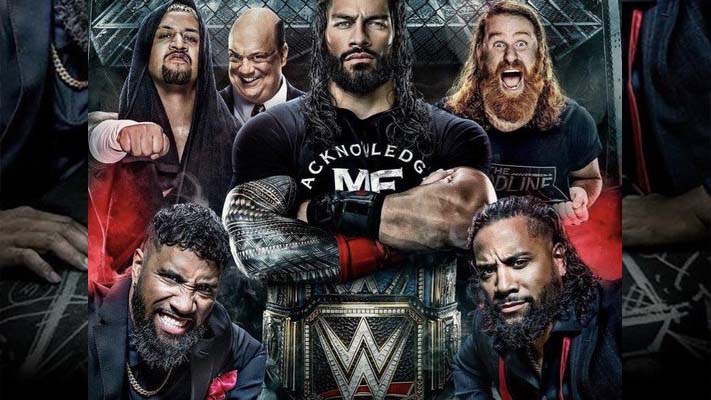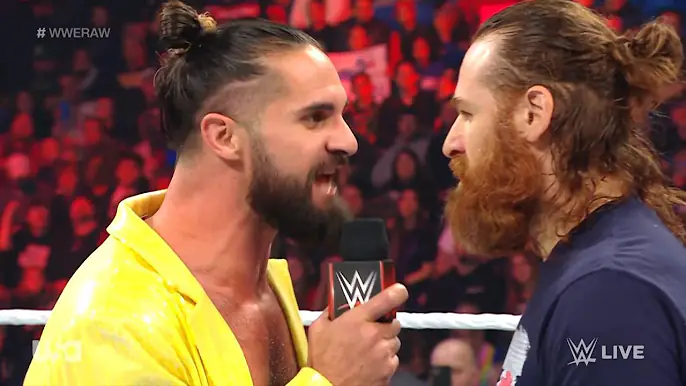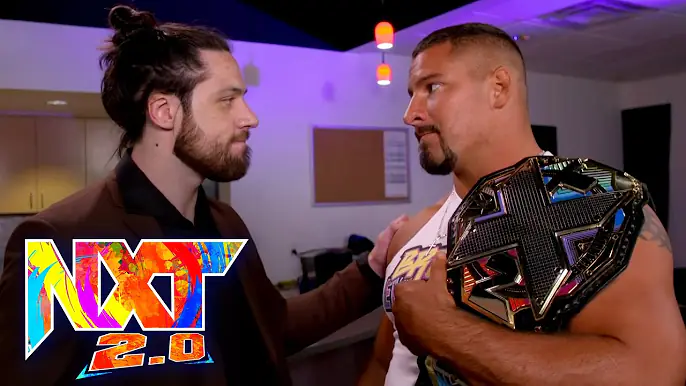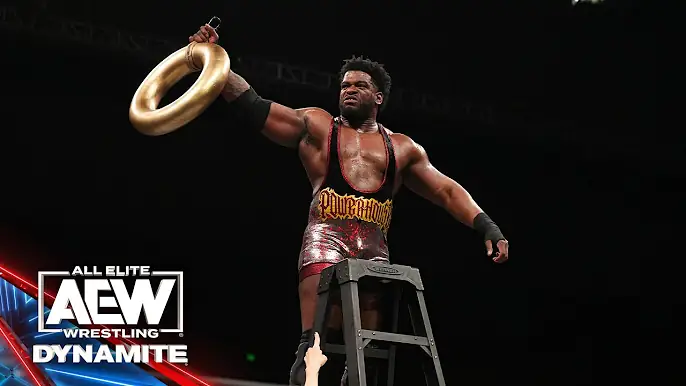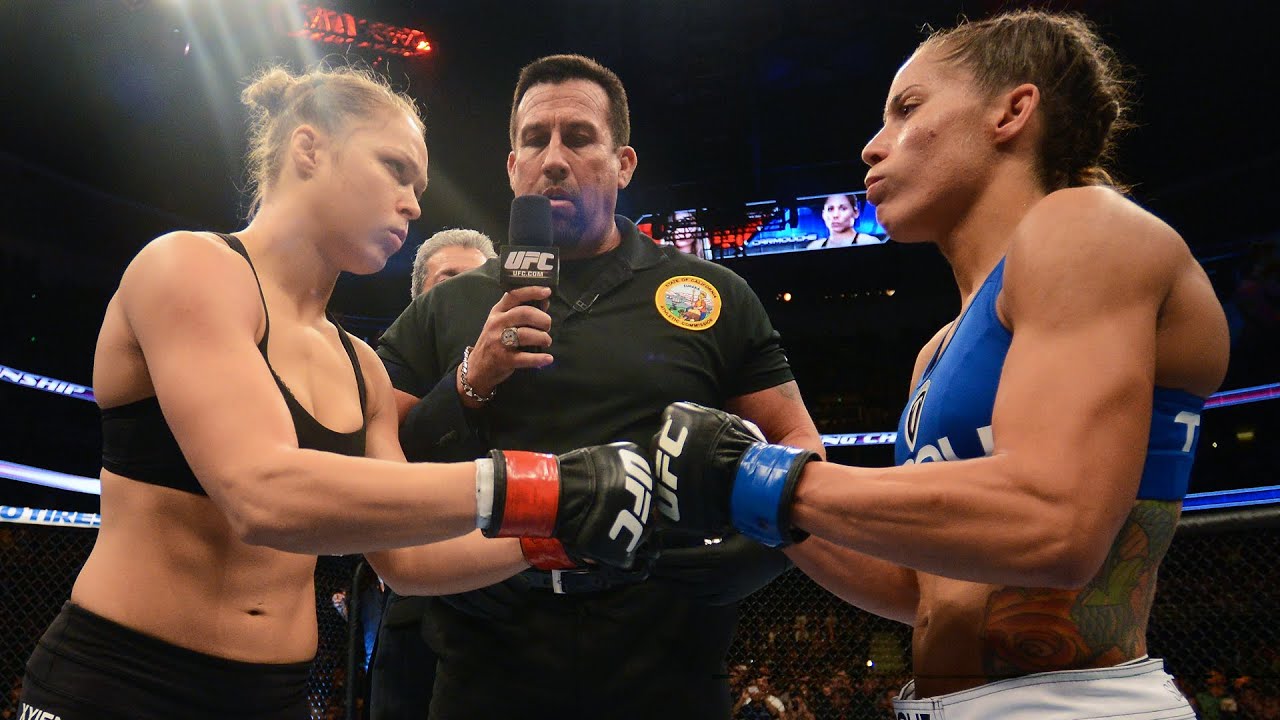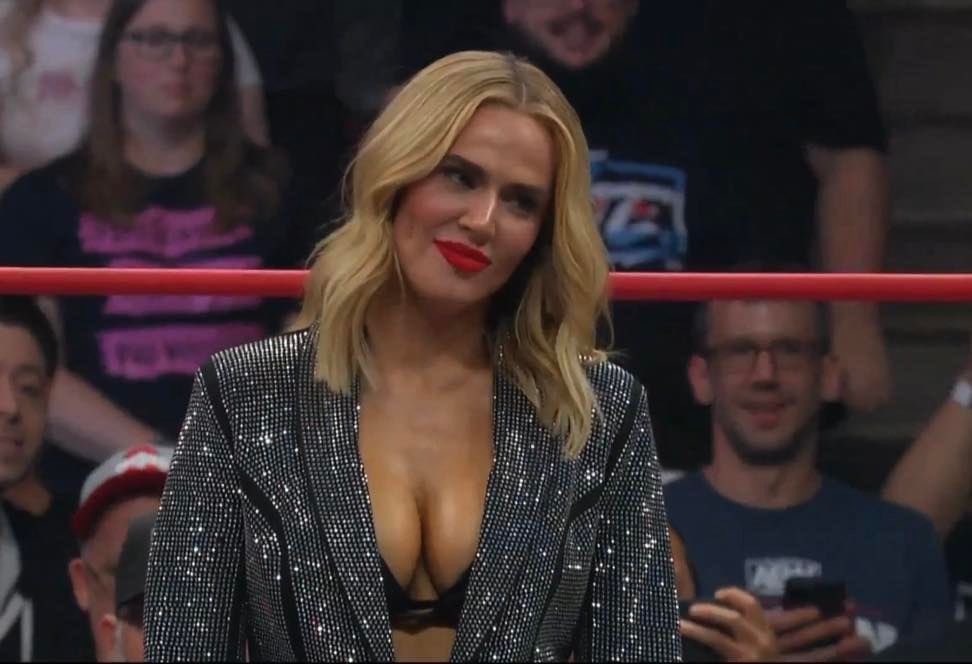What The Axing Of A WWE Legend’s Show Means For The Industry
The recent cancellation of the WWE icon Paul Wight-hosted Netflix television comedy “The Big Show Show” stirred controversy about its implications both within the universe of the sport of wrestling itself and the entertainment industry overall. With WWE itself continuing to evolve to accommodate the changing tastes of audiences and the way they access media, this cancellation is a prime case study of the challenges of established stars keeping up with the times.
The Cancellation and Its Background
Overview of “The Big Show Show”
“The Big Show Show” premiered on Netflix in April 2020 and was positioned as a family-friendly sitcom that showcased Wight’s comedic talents alongside his wrestling persona. The show revolved around Wight’s character navigating the challenges of fatherhood while balancing his larger-than-life persona. Despite its initial promise, the series was canceled after just one season, raising questions about its reception and the viability of wrestling-related content in mainstream media.
Netflix’s Strategic Transition
The cancellation is indicative of Netflix’s broader strategy to curate content that aligns with viewer preferences. As streaming services become increasingly competitive, platforms like Netflix are focusing on high-quality programming with proven audience appeal. This shift raises concerns about how niche genres, such as wrestling-themed content, fit into their long-term plans. The decision to cancel “The Big Show Show” suggests that Netflix may prioritize shows with broader demographic appeal over those that cater specifically to wrestling fans.
Implications for WWE and Legends
1. Changing Media Environment
The media environment is constantly changing, with traditional entertainment being challenged by emerging consumption patterns. Current audiences are drawn to short-form material and binge-watching sessions instead of episodic TV. It is a trend that is posing challenges to legends of the sport to adapt to mainstream media. Cancellation of the program of Wight is a sign that even established celebrities will find it hard to gain a foothold within this emerging landscape.
Streaming vs. Traditional TV
WWE has historically relied upon traditional television networks to deliver programming. With the introduction of the streamers, WWE is being asked to rethink the way that they program increasingly. With the streams comes the need to approach storytelling differently and to interact with audiences differently. Cancellation of “The Big Show Show” might indicate that WWE needs to rethink the way that they approach their legends within this evolving landscape.
2. Impact on Legacy Stars
Wrestling legends like The Big Show are of significant sentimental value to audiences that have supported them their entire careers while they have wrestled within the squared circle. Involvement by them with other media endeavors is a way of catering to mature audiences while exposing them to younger audiences. Cancellation of their TV shows could signal a loss of interest by networks with regards to programming that is motivated by the need to deliver a sense of nostalgia unless they can guarantee strong ratings.
Balancing Nostalgia with Innovation
While nostalgia is a strong marketing asset within the sport of wrestling, being totally reliant upon the past legends can constrain the company. WWE needs to find a balance between respecting the past and encouraging innovation by showcasing up-and-comers while also featuring established legends. Doing this could not only serve to keep the audience interested but also allow the legends to remain current within the modern storylines.
3. WWE’s Strategic Transitions
WWE is also undergoing a significant overhaul with the movement of its key programming to sites like Peacock within the US and other international networks. It is a reflection of a bid to modernize its modus operandi to access younger audiences that are used to on-demand programming rather than cable television.
New Programming Initiatives
WWE has made a number of attempts to develop up-and-comers, among them “NXT” and “WWE LFG” (Legends & Future Greats). Both of them are directed toward showcasing up-and-comers while integrating established legends into storylines that are attractive to contemporary audiences. However, the cancellation of “The Big Show Show” is a signal that WWE may need to reassess the way that they are integrating their legends into their current programming endeavors.
The Future of Wrestling Content
1. Emerging Stars vs. Familiar Stars
As WWE shifts focus toward developing new talent, there is a risk that legacy stars may be sidelined in favor of fresh faces who resonate more with current audiences. While it’s essential for any entertainment company to evolve, neglecting the contributions of veteran wrestlers could alienate long-time fans who appreciate the history and legacy these stars represent.
Opportunities for Collaboration
One potential solution is to create collaborative opportunities between legends and younger talent. Placing the younger talent with legends within storylines or events will permit WWE to build intriguing storylines that will appeal to both younger and mature audiences. Not merely will this honor the work of the legends, but also provide the younger talent with opportunities to learn by way of mentorship.
2. Nostalgia Marketing
Despite the issue that cancellations pose, nostalgia is a valuable marketing asset to the sport of wrestling. WWE was able to cash in on this with the reunion events, legends appearing at major events like WrestleMania, and merchandise targeting the aging audience.
Special Events & Appearances
Events like “WWE Legends Night” have proven successful in drawing viewers interested in seeing their favorite stars from yesteryears return to the ring or share their stories on-screen. These special events allow WWE to capitalize on nostalgia while introducing new storylines that incorporate both legacy figures and current roster members.
3. Cross-Platform Opportunities
The integration of all formats of wrestling programming can allow legends to stay current with audiences that are greater than the traditional programming models. While “The Big Show Show” was cut short, possibilities are still present for performers like The Big Show to work within other formats or on something that is closer to the audience’s current interests.
Social Media Involvement
WWE has successfully leveraged social media sites like YouTube, Instagram, and TikTok to directly interact with their supporters—the current superstars as well as legends—who are their fans. Using the sites to promote their events or provide a glimpse into their personal lives is a way that the fighters can remain visible to their supporters without being confined to the traditional television programming.
Broader Industry Implications
1. Changing Audience Dynamics
As younger audiences are increasingly getting entertainment on digital media, the need to learn about the evolving demographics is a must for WWE franchises like WWE. Cancellation of events featuring legends is a testament to the need to adapt the company products to the evolving viewer patterns. Engaging Younger Fans To attract younger viewers who may not have grown up watching wrestling or are unfamiliar with its history, promotions must create engaging content that speaks directly to their interests while incorporating elements from wrestling’s storied past.
2. Competition with other entertainment mediums
Wrestling faces intense competition with other types of entertainment that range from e-gaming to television programming that compete with audiences on streaming sites. With the latter growing increasingly popular among the younger audiences, the promotions of wrestling have to find innovative ways of storytelling while retaining the central elements that characterize professional wrestling.
3. Diversifying Content Offerings
To remain competitive within this landscape, promos must consider expanding their streams of content away from the traditional matches or story arcs—documentaries about iconic personalities or exploring deeper narratives about rivalries could work to win the favor of larger audiences.
Conclusion
The cancellation of “The Big Show Show” is a microcosm of the bigger change that is taking place within WWE and the sport of professional wrestling overall. With the way that viewer preferences are changing and the way that people are consuming their media, WWE and its iconic performers must change with the times to avoid being made obsolete. This situation reflects the need to plan strategically with respect to the legacy performers within WWE’s overall vision while acknowledging the need to innovate that will speak to the audiences of the present time.
With WWE’s movement into the streamers like Peacock and Netflix, the key will be to find the means to respect the past while crafting a sustainable future that incorporates both the next generation of performers and the legendary performers of the past. In conclusion, cancellations could at first appear to be a negative at first blush—at least with regards to iconic personalities—but the potential exists to have the chance to rethink the approach wholesale: embracing change while holding on to tradition can not only produce renewed excitement but also forge the path toward compelling new storylines within this ever-evolving industry landscape.
